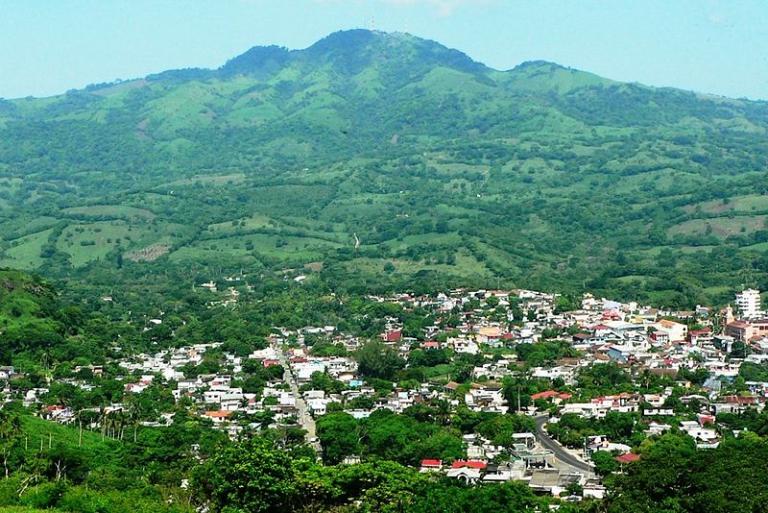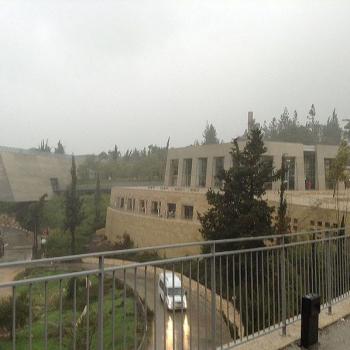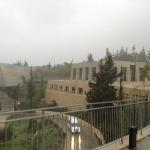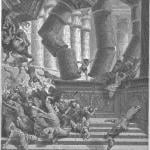
(Wikimedia Commons public domain photograph)
I have, on a few prior occasions, called attention to an interesting (and, in my opinion, important and timely) blog called “Neville-Neville Land” and bearing the subtitle of “Refuting the errors of Jonathan Neville and the Heartland hoax.”
Mr. Neville has had me in his crosshairs of late and, while I don’t intend to return the favor, I’m happy to pass on a few links to recent articles on the “Neville-Neville Land” site. Primarily because I agree with them and think that others need to see the weaknesses in Mr. Neville’s arguments specifically and, to some extent, in the Heartlander position more generally. I think that the two authors behind “Neville-Neville Land” have been doing very good work, and that what they have to say is of considerable value.
Anyway, here are four of their recent contributions:
“Jonathan Neville (finally) responds to the Neville Land blog”
“Elder Paul V. Johnson’s warning on the dangers of priestcraft”
“Jonathan Neville doesn’t understand the “M2C” position at all”
“Jonathan Neville is the Rodney Dangerfield of Book of Mormon studies”
***
Some good Church news:
“Africa Southeast Area to be Divided into Two Areas: The change effective in August 2020”
***
Here’s a relevant comment from the great George Q. Cannon, who served as a counselor in the First Presidency to Brigham Young, John Taylor, Wilford Woodruff, and Lorenzo Snow:
There is a tendency, strongly manifested . . . among some of the brethren, to study the geography of the Book of Mormon. . . . We are greatly pleased to notice the . . . interest taken by the Saints in this holy book. . . . But valuable as is the Book of Mormon both in doctrine and history, yet it is possible to put this sacred volume to uses for which it was never intended, uses which are detrimental rather than advantageous to the cause of truth, and consequently to the work of the Lord. . . .
The brethren who lecture on the lands of the Nephites or the geography of the Book of Mormon are not united in their conclusions. No two of them, so far as we have learned, are agreed on all points, and in many cases the variations amount to tens of thousands of miles. These differences of views lead to discussion, contention and perplexity; and we believe more confusion is caused by these divergences than good is done by the truths elicited.
How is it that there is such a variety of ideas of this subject? Simply because the Book of Mormon is not a geographical primer. It was not written to teach geographical truths. What is told us of the situation of the various lands or cities of the ancient Jaredites, Nephites and Lamanites is usually simply an incidental remark connected with the doctrinal or historical portions of the work and almost invariably only extends to a statement of the relative position of some land or city to contiguous or surrounding places and nowhere gives us the exact situation or boundaries so that it can be definitely located without fear of error…
The First Presidency has often been asked to prepare some suggestive map illustrative of Nephite geography, but have never consented to do so. Nor are we acquainted with any of the Twelve Apostles who would undertake such a task. The reason is, that without further information they are not prepared even to suggest [a map]. The word of the Lord or the translation of other ancient records is required to clear up many points now so obscure….
For these reasons we have strong objections to the introduction of maps and their circulation among our people which profess to give the location of the Nephite cities and settlements. As we have said, they have a tendency to mislead, instead of enlighten, and they give rise to discussions which will lead to division of sentiment and be very unprofitable. We see no necessity for maps of this character, because, at least, much would be left to the imagination of those who prepare them; and we hope that there will be no attempt made to introduce them or give them general circulation. Of course, there can be no harm result from the study of the geography of this continent at the time it was settled by the Nephites, drawing all the information possible from the record which has been translated for our benefit. But beyond this we do not think it necessary, at the present time, to go, because it is plain to be seen, we think, that evils may result therefrom.
George Q. Cannon, “Editorial Thoughts: The Book of Mormon Geography,” The Juvenile Instructor 25 no. 1 (1 January 1890)), 18–19.
I see no real problem, nowadays, with proposing theories of Book of Mormon geography and even creating illustrative maps. I see no problem with discussing such theories, with advocating them or critiquing them. But it should never be forgotten that, while Book of Mormon geographical speculation is interesting, it’s a matter of, at most, secondary or tertiary importance. It’s not doctrine. There is no revealed, official, authoritative geography for the Book of Mormon. When some geographical model or other becomes the one note on a piano that somebody keeps hammering, when it threatens to become a cult or a schism, things have gone seriously wrong.











